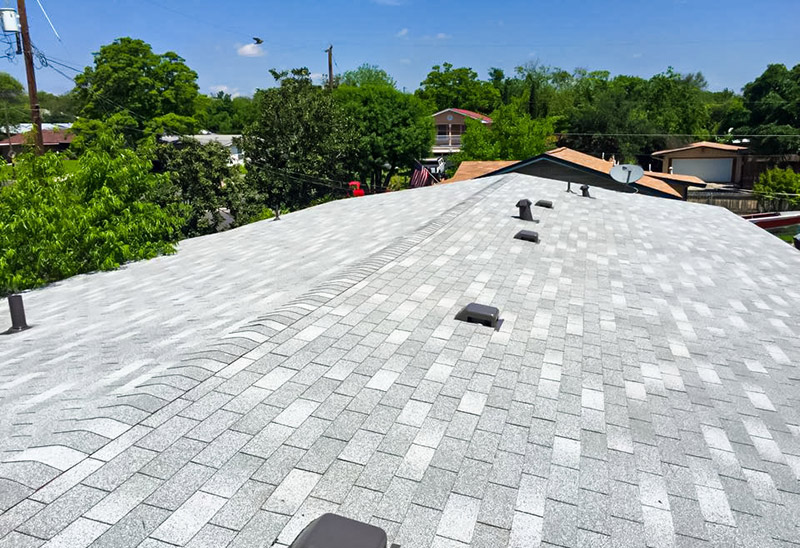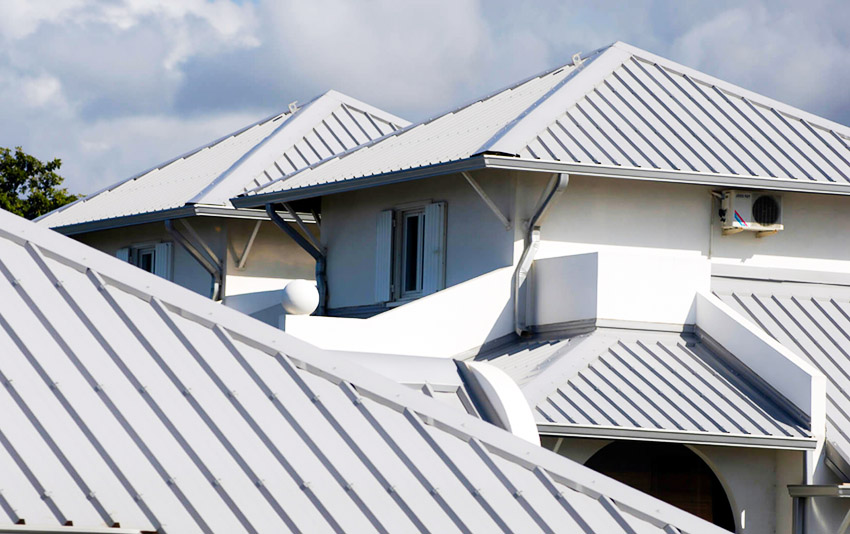Roofs are essential components of a building’s structure and protect it from the elements. Proper ventilation is critical for maintaining the health of your roof as well as keeping energy costs low.
The purpose of effective roof ventilation systems is twofold: first, they help extend the life of the roof by protecting against moisture buildup; second, they reduce energy costs by allowing hot air to escape in summer months and preventing cold air from entering in winter months.
Furthermore, good ventilation helps ensure that any condensation produced within the home’s envelope can dissipate instead of damaging walls or other structures.
With this knowledge, readers can make informed decisions about their roofing needs and take steps towards properly ventilating their homes.
The Role Of Roof Ventilation
Roof ventilation plays an essential role in protecting the health of a roof. Properly ventilating a roof helps to control moisture levels, which can extend its lifespan and reduce damage from extreme temperatures. Additionally, it is important for energy efficiency as proper ventilation encourages air flow through the attic space, preventing hot air from building up during summer months and cold air from becoming trapped in winter months.
Installing ridge vents along with off-ridge or gable vents can help create positive pressure within the attic space by allowing warm air to escape while blocking out rainwater and snow.
When selecting the right type of vents, it’s important to consider factors such as construction material and overall climate conditions. The amount of ventilation required will also vary depending on where you live; more extensive protection may be necessary when living in humid climates compared to cooler regions.

Benefits Of Proper Roof Ventilation
Proper roof ventilation is an important part of maintaining a healthy and energy-efficient home. Not only does it protect the integrity of your roof, but also helps regulate temperature throughout the year.
With correct installation of vents, air will be allowed to circulate freely between attic spaces and outdoors. This reduces moisture build-up that can lead to mold and mildew growth as well as potential damage from heat buildup in summer months.
Additionally, proper ventilation prevents ice damming which occurs when snow melts faster on one side than the other due to inadequate insulation or poor airflow through attic spaces.
A well ventilated roof allows cooler air to enter during hotter days while preventing warm air from escaping during colder months, thus reducing strain on heating and cooling systems while improving overall energy efficiency within the home.
Properly installed soffit and ridge vents paired with additional intake vents in gable ends can help ensure proper airflow without compromising structural integrity or inviting unwanted pests into the home.
Although there are many benefits to installing adequate roof ventilation, homeowners should remember that it is important for them to check regularly for any signs of wear and tear such as cracked shingles or loose boards that may indicate a need for repair or replacement before further damages occur.
Types Of Roof Ventilation
Proper roof ventilation is essential for maintaining the health and function of a structure. This can be even more important in hot, humid climates where heat builds up quickly on roofs with poor air circulation. Improper installation can result in moisture buildup that can cause wood rot, mold growth, and other damage to the roof and attic space.
Ventilation systems are available in numerous types ranging from static vents to turbine ventilators. Static vents allow air to pass through them due to natural convection while turbine ventilators use wind energy to draw out warm air from inside the home or building.
The choice of which type is best suited largely depends on location, type of construction, and personal preference. It’s worth noting that proper installation is an absolute necessity regardless of the chosen system as any mistakes may lead to ineffective ventilation.
Assessing Your Home’S Ventilation Needs
Ventilation is one of the key factors to maintain a healthy roof and prevent damage caused by moisture. To determine what type of system works best for your home, it’s important to assess your home’s ventilation needs.
One way to do this is assessing humidity levels in attics or other enclosed spaces throughout the house. If you find unusually high levels of humidity, then that could point towards inadequate ventilation.
Additionally, evaluating insulation conditions can be helpful in determining how much air leakage there is from inside your home into the attic space. When air leaks through walls and ceilings due to poor insulation, it increases the amount of warm, moist air entering an attic which ultimately leads to condensation problems on the underside of the roof decking material.
With these two assessments completed, you will have a better understanding about whether additional vents are needed and where they should be placed for optimal results. A professional inspector can help identify areas where extra ventilation would improve indoor comfort as well as energy efficiency while protecting your roof from premature failure due to excessive moisture buildup.
Installing A Roof Ventilation System
Installing a roof ventilation system is an essential part of proper maintenance for your roof. Without it, the structure can suffer from damage due to heat and moisture buildup, leading to costly repairs.
The size of the ventilator should be properly calculated in order to ensure that air circulates efficiently throughout the attic space. It is also important to note that adequate ventilation will reduce energy costs since cool air entering into the home helps regulate its internal temperature.
When installing a roofing ventilation system, preventative measures must be taken as well. Make sure all components are correctly installed so they do not become loose over time and cause further damage or water leakage.
Additionally, sealing any cracks around vents will eliminate potential sources of drafts and help maintain efficiency levels within your home. Taking these steps now can save you money down the road by avoiding expensive repair bills caused by improper installation or lack of maintenance.

Maintaining Your Roof Ventilation System
Having the proper ventilation for your roof is critical to its health. Installing a roof ventilation system is an important step in protecting and preserving your roof, but it’s only half of the equation.
Maintaining this system over time is equally as essential. When maintaining a roof ventilation system, it’s crucial that all components are functioning properly so that airflow patterns can efficiently distribute air throughout the attic space. This will ensure optimal energy efficiency, particularly when combined with other efficient insulation methods such as radiant barriers or reflective foil insulation.
Additionally, regular inspections should be performed to check for any signs of damage or wear that could potentially lead to more costly repairs down the line if left unattended. Regular maintenance of your roof ventilation system not only helps prevent future issues from occurring, but also allows you to identify current ones before they become too serious and costlier to repair.
By taking these steps now, you can rest assured knowing that your roof will remain healthy long into the future.
Working With A Professional Roofing Contractor
It is essential to work with an experienced professional roofing contractor if you are looking for proper ventilation of your roof.
A qualified specialist will assess the existing structure and discuss the advantages and disadvantages of various roofing materials in order to determine which best meets your needs.
They will also be able to provide estimates on the labor costs associated with installing new vents, as well as any additional ventilation costs that may need to be factored into the overall budget.
Aside from helping protect against moisture damage, good ventilation can help extend the life of a roof by promoting air circulation and reducing heat buildup.
An expert roofer will know how much airflow is needed for optimal performance and make sure each vent functions properly so that your home remains comfortable year round while still providing adequate protection from the elements.
By working with a knowledgeable contractor who understands the importance of correct ventilation, you can ensure your roof’s health both now and in the future.
